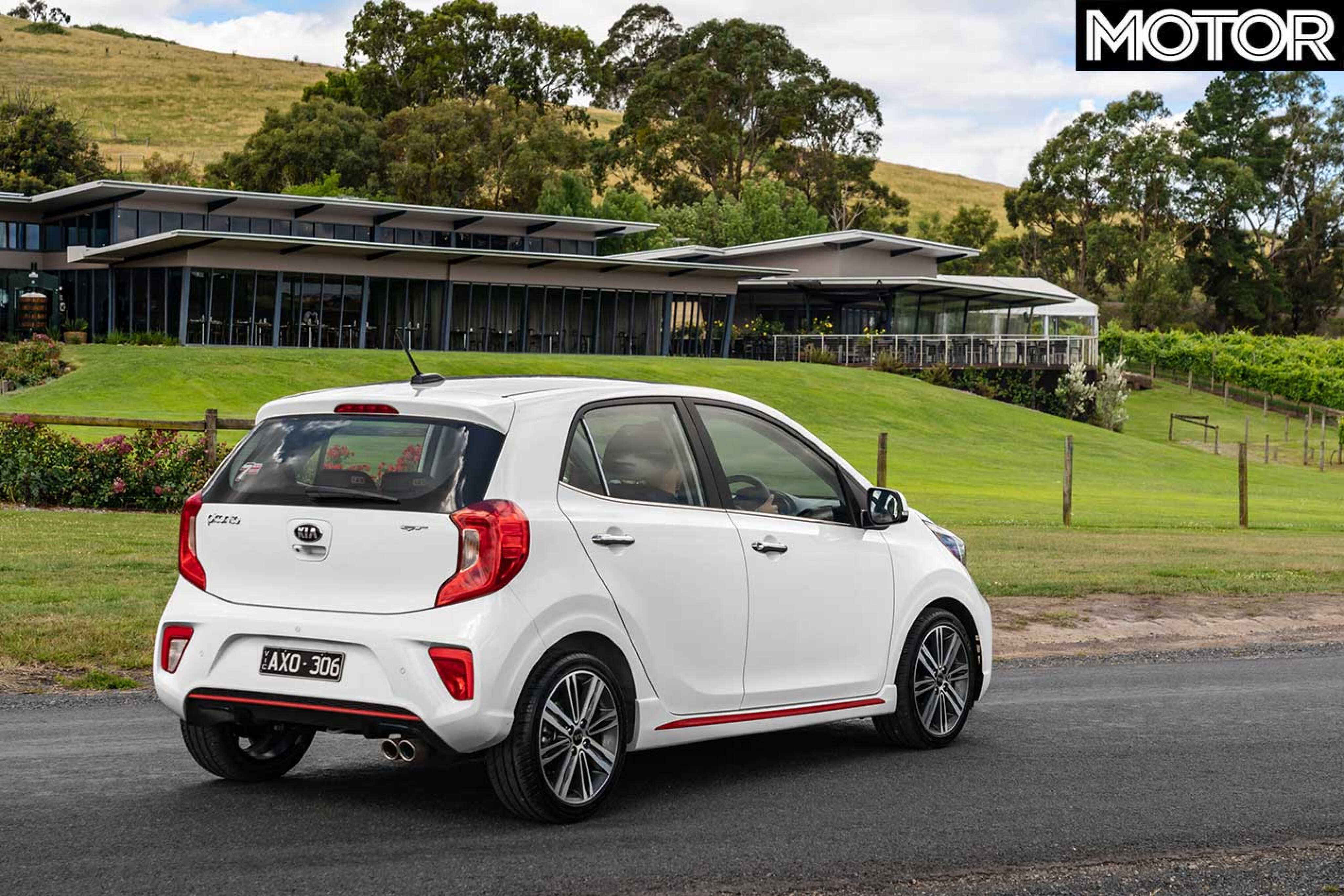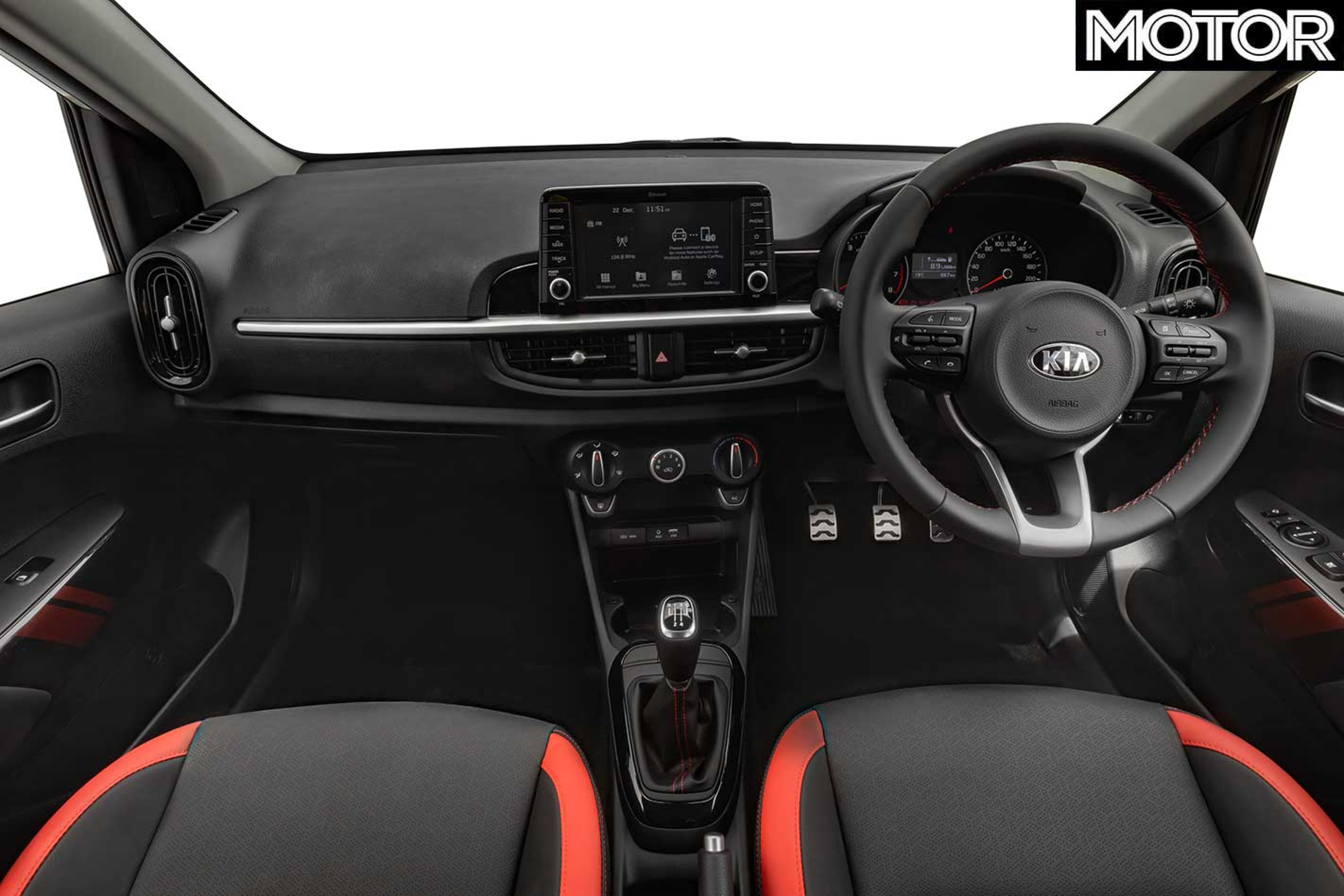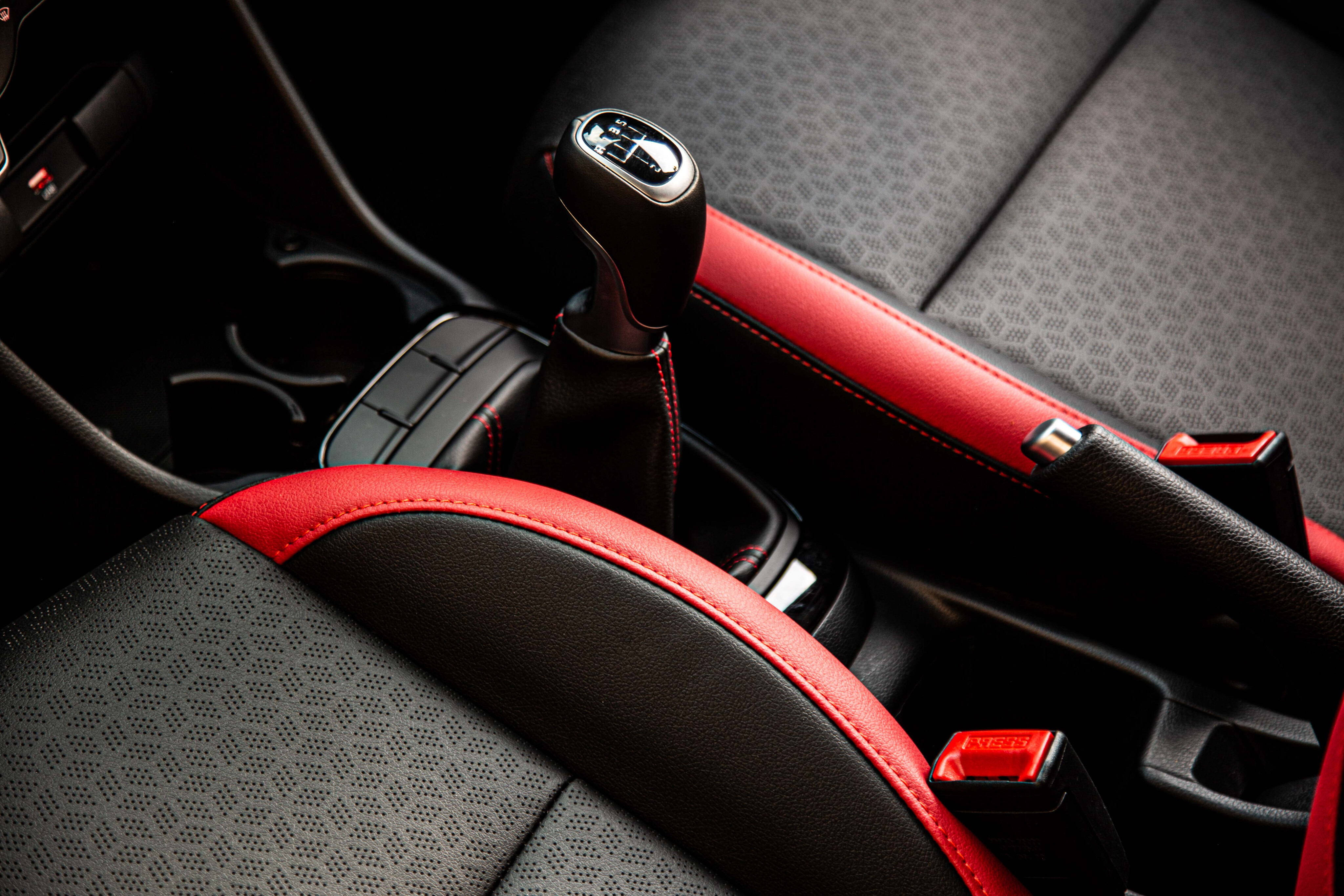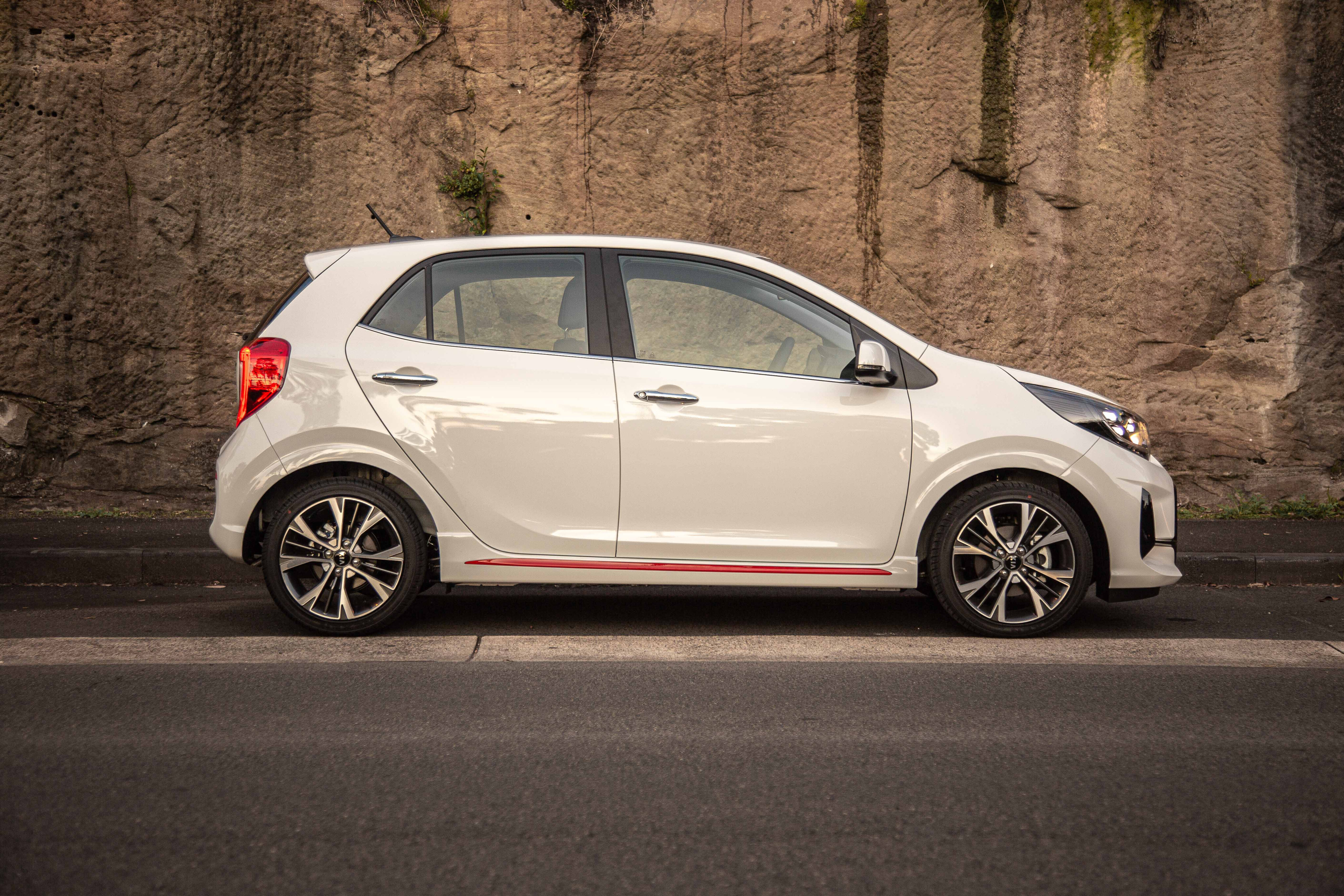
There are certain small indulgences that make life that little bit more tolerable. It might be a decent cup of coffee or the luxury of a weekend lie-in. The Kia Picanto GT always felt like one of those slightly giddy joys that felt so good it almost seemed illicit.
But, like most such petty vices, it’s not long for this world. When Kia facelifts the Picanto, the GT, with its three-cylinder turbo engine and manual gearbox, is set for the chop. The mantle of Australia’s cheapest performance car will pass from the baby Korean to the Suzuki Swift Sport, an uptick of about eight grand.
We’ll miss those caster-like 16-inch wheels, and then get slightly depressed when we’re reminded that Ferrari 308s used to look the business on sixteens.

We’re not resorting to cheap hyperbole when we say that the Picanto’s five-speed manual gearbox had a shift quality that would shame a modern M3, although if we’re being really picky, the ratios were spread so widely that you needed to rev it until the valves were bouncing in order to plug it into the meat (okay, the carpaccio) of that 172Nm of torque.
What was so joyous about the Picanto GT is that you could feel as if you were wringing it to death on your favourite road, really involving yourself in the preservation of momentum, feet dancing on the pedals, only to glance into the rear view and see a bored-looking school bus driver embarking on a nasal excavation project behind.
But who cares? This was a cheap treat that hit the spot every time: the Dagwood dog of vaguely sporting cars. Yours for less than the price of ticking a box for ritzy paint on a Porsche Boxster.

Reflecting how difficult it is to make money on small cars, the price of the Picanto GT was ratcheted upwards in the last few years of its life. The Wheels’ test of August 2019 saw it priced at $17,990, compared to its $20,790 sticker today. “We’re glad it exists”, summarised Byron Mathioudakis. That last line’s speared me a bit.
Although it seems to have been a fixture here in the Aussie car market for a respectable innings, this Picanto GT debuted as recently as January 2019, so it’s a comparative cranefly compared to the likes of the dismal Holden Barina, which somehow endured for 33 years.
There will be no like-for-like replacement. Kia has promised that the next-gen Picanto will be powered by either a 1.0-litre budget powerplant or a 1.2 which is “better for customers who want a little more power”.
Our advice is to bag a Picanto GT before it’s too late. It’ll still be under warranty in the year 2030, by which time twenty grand’ll probably just about cover a round of ristrettos. You owe it to yourself. We all deserve a small indulgence once in a while.

How slow?
Granted, flat-out sprinting isn’t the Kia Picanto GT’s forte, but when we put it up against the clock on a sticky dragstrip at Heathcote back in 2019, it was the quickest of a trio that included 66kW versions of the Renault Clio and Suzuki Swift. The Picanto GT blazed to 100km/h in 9.4 seconds (versus a 9.9 sec factory claim) and smashed through 400m in 16.8sec at 133.2km/h. Just thought you’d like to know.

Test notes
August 2019
The Picanto GT’s smart and stylish cabin appeals with minimalist dash, beaut tablet touchscreen, supportive front seats, theatre-style rear seating, a great driving position and plenty of standard features.
On the flipside is its clammy vinyl upholstery, lack of steering reach adjustment and absence of digital speedo. A 255L cargo capacity reflects Kia’s sub-B city-friendly sizing. Space saver spare.


COMMENTS